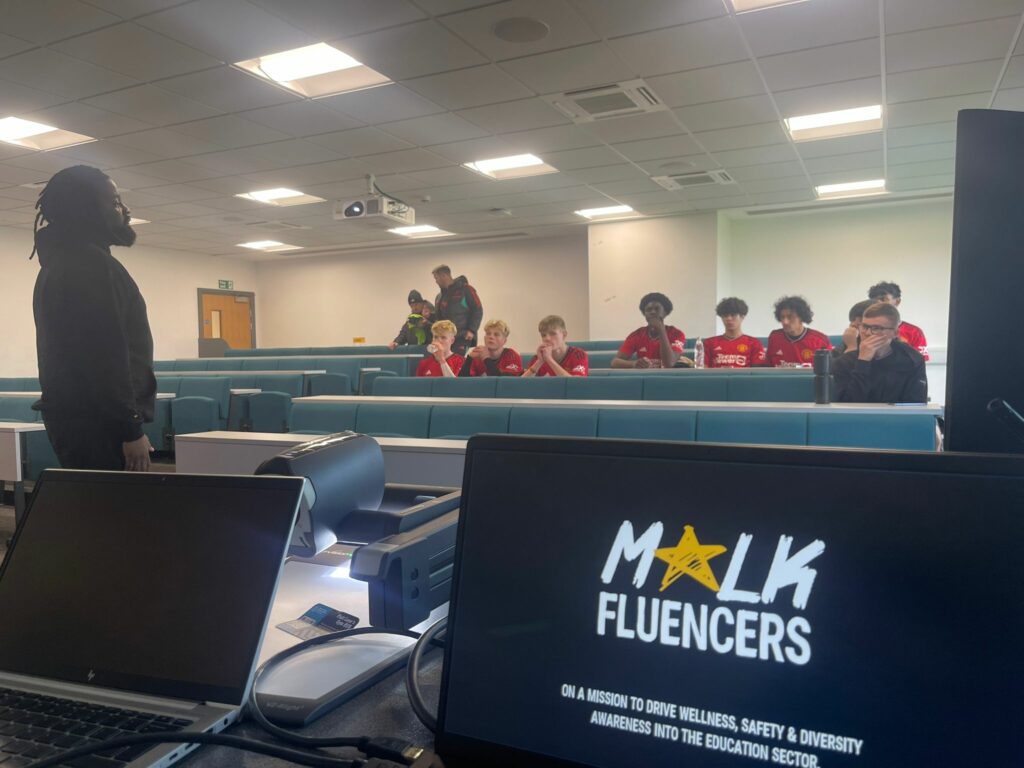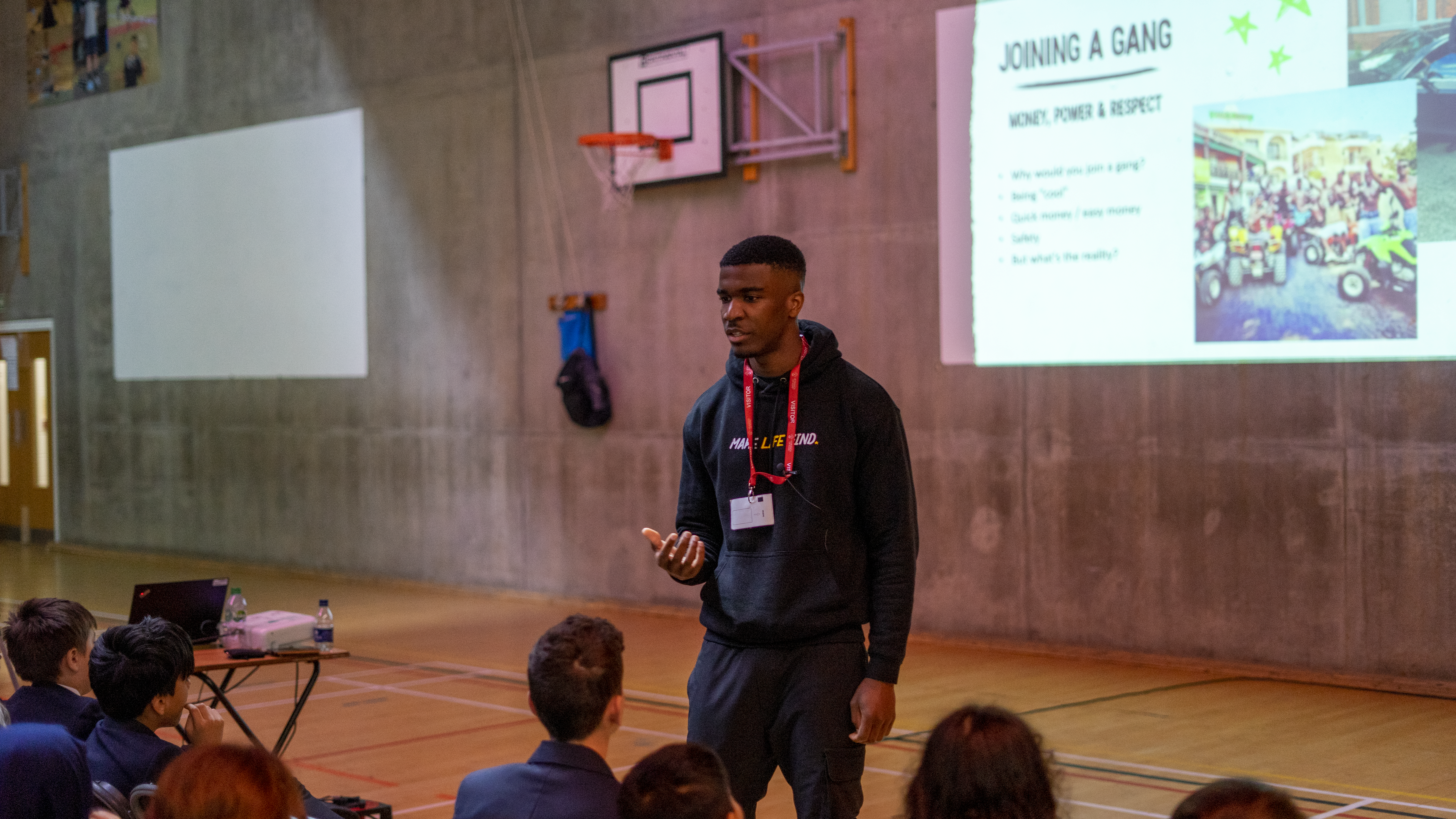Gang-related activity in schools poses a serious threat to the safety, wellbeing, and academic success of students.
From recruiting vulnerable young people to violence and criminal behaviour, gangs can exert a significant influence on school environments.
Teachers play a key role in identifying and addressing gang crime in schools. So, let’s explore the signs of gang involvement and cover practical tips for teachers to spot and respond to gang-related issues effectively.

Understanding Gang Crime in Schools
Gangs often draw in young people who may feel marginalised or lacking in positive role models and opportunities.
In schools, gang activity may include drug trafficking, weapon possession, extortion, intimidation, and recruitment of new members. Identifying and addressing these issues requires a combination of vigilance, awareness, and proactive intervention.
Spotting Signs of Gang Involvement
Not all students who exhibit certain behaviours or characteristics will be involved in gangs. But, there are several red flags that teachers should be aware of…
Change in Behaviour
Sudden changes in behaviour, attitude, or friendship groups could indicate gang involvement. Students may become more secretive, aggressive, or withdrawn, or show signs of substance abuse or truancy.
Gang Affiliation
Students may display signs of gang affiliation through their clothing, accessories, graffiti, or hand signs. Pay attention to symbols, colours, and language associated with specific gangs or cliques.
Truancy and Academic Decline
Students involved with gangs might start skipping classes, arrive late, or show a decline in academic performance. While this isn’t always the case, these signs could be because of involvement in criminal activities or peer pressure from gang members.
Tips for Teachers
Here are some things you as a teacher can do to tackle gang-related issues in your classroom…
Build Trusting Relationships
Foster open, trusting relationships with students to create a safe space for them to confide in you about any concerns or issues they may be facing.
Stay Informed
Educate yourself about the signs and indicators of gang involvement (like the ones above), as well as local gang activity and recruitment tactics.
Look out for and attend training sessions and workshops on gang prevention and intervention strategies.
Early Intervention
Intervene early when you see signs of gang involvement or risky behaviour in your students.
You can always reach out to school counsellors, administrators, and support staff for help in assessing the situation and providing the appropriate support.
Collaborate with Partners
Work closely with local law enforcement, school stakeholders, and community organisations like Milk Education’s charity Make Life Kind to effectively address gang issues in schools.
Make Life Kind is a community-based charity that provides school speakers (AKA Milkfluencers) with inspiring stories to deliver talks on topics including knife crime, drug crime, and turning your life around.
You could also partner with local youth outreach programs, social services, and mentorship initiatives, so you can offer students positive alternatives to gang involvement.
Making Schools Safer
Spotting gang crime in schools requires vigilance, awareness, and a proactive approach from teachers and school staff.
By staying informed, building trusting relationships with your students, and collaborating with experienced organisations that can offer support, educators can play a vital role in identifying and addressing gang-related issues effectively. Together, let’s work towards creating safer, healthier learning environments for all students.
For more information on how Milk Education and our charity Make Life Kind could support you, get in touch today on 0333 360 1110.

